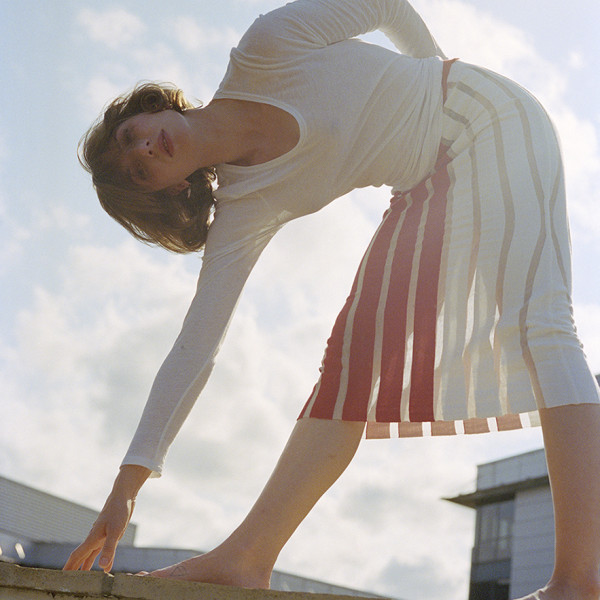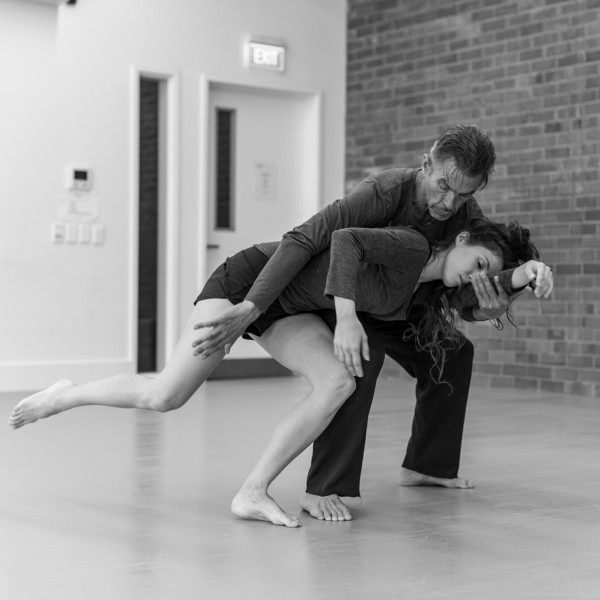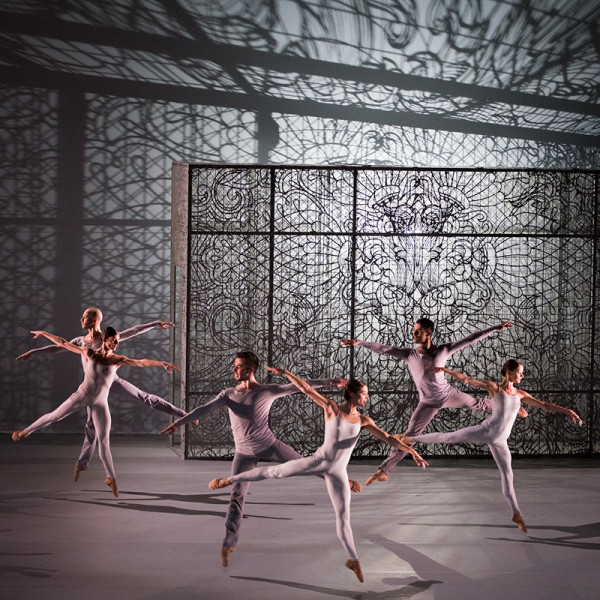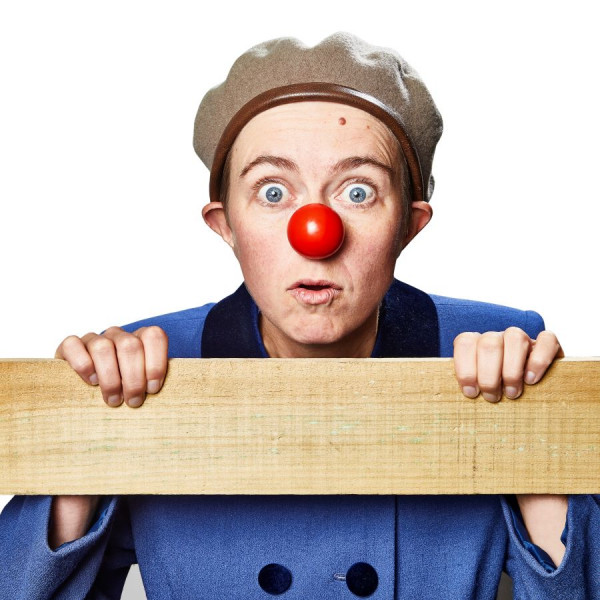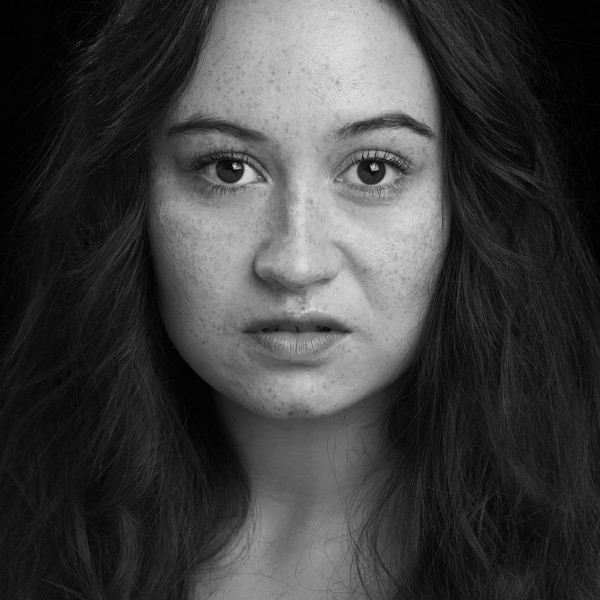
Sorry For Your Loss
Written by: Cian Gardner
Directed by: Dr Laura Haughley
Circa Theatre, 16th Mar 2020
Reviewed by: Jezelle Bidois
Simplistic in its design, brilliant in its execution, Sorry For Your Loss is a play with an incentive of teaching the viewer about the importance of chosen identity. The story follows Cian Gardner’s upbringing and her search for acceptance in the void that is left by an absent father. Filled with humour and sincerity, Dr Laura Haughey directs Sorry For Your Loss in such a way that Gardner’s story becomes entrenched in our minds in the days following the initial performance.
At the dimming of the lights, Gardner enters the stage to immediately interact with the audience. She makes use of her acting space and stands right against the front row, slowly scanning over the filled seats to talk about how she “could use a drink herself”. Within the first five minutes, she is able to both ease the viewers with her wit and create a space of suspenseful expectation. The comfortably informal atmosphere that the actress creates from her entrance continues throughout the entire performance. As the plot unravels, Gardner beautifully characterises each individual in her story with realistic posturing and mannerisms.
The simplicity of the set design is made into a visual spectacle with the use of lighting by Alec Forbes. He changes the size of space it focuses on, providing various dimensions for Gardner to act in. And the near bare stage comes alive with an atmosphere that can only be created through Andy Duggan’s music. From filling the space with comfortable tunes to creating tension with the echoing sound of one key, Duggan sets the mood for the entire story.
Sorry For Your Loss teaches us what it means to be a wāhine toa. Gardner’s story makes you laugh hysterically upon entry and tear up as you leave. From her colourful recollections of her childhood to a tumultuous inner conflict, the whole play exudes a genuine warmth that touches all those who are present.





